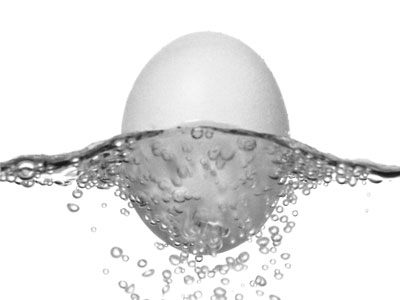How can I make an egg float?
How does this align with my curriculum?
BC
6
Science Grade 6 (June 2016)
Big Idea: Newton’s three laws of motion describe the relationship between force and motion.
YT
6
Science Grade 6 (British Columbia, June 2016)
Big Idea: Newton’s three laws of motion describe the relationship between force and motion.
